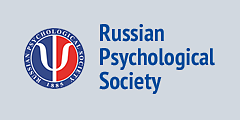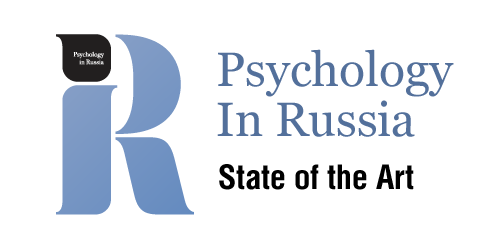Kiseleva, A.N.

Psychologist, Regional non-profit social organization “Center for Curative Pedagogics”.
-
Spontaneous Associations under Mild Compression of the Hippocampal AreaLomonosov Psychology Journal, 2025, 1. p. 101-125read more1532
-
Background. The network principle of brain realization of cognitive phenomena assumes the self-organization of distributed neuronal elements into a network for processing information demanded by the organism at a given moment. Cerebral networks that are formed during rest and are associated with spontaneous associative flows are of particular interest. One of the key structures of resting-state networks is the hippocampus.
Objective. The aim of this research was to investigate spontaneous associative flows at rest in the context of left or right-sided compression of the hippocampal area.
Study Participants. The research involved 16 patients with benign meningiomas that mildly compress the medio-basal regions of the temporal lobe in the area of the hippocampus. The mean age was 47.5 years (SD = 8.3; 12 females; all participants were right-handed). One group comprised 9 patients diagnosed with left-sided tumor location (referred to as “grLS”), while the other group included 7 patients with right-sided tumor location (“grRS”). The groups were comparable in terms of morphometric characteristics of the tumors, degree of hemisphere compression, and socio-demographic factors.
Methods. The study consisted of two sessions at rest, each lasting 3 minutes. Prior to each session, the patient listened to a voice record of a modulating instruction. Immediately after the session, the patient gave a spontaneous narrative and a structured interview about spontaneous associations during rest. The entire conversation was recorded and subsequently transcribed into text format.
Results. Spontaneous associative flows had lateral specificity. In cases of left hemisphere compression, spontaneous thoughts, emotions, and memories were typically linked to the awareness of the moment of their formation, associated with specific events, and had a conscious border with fantasy plots. With right hemisphere compression, the flow was less controllable, associations were related to generalized memories, in which one’s own experience was mixed with information from any other sources and fantasy elements, and transitions had no boundaries. In the left hemisphere group (grLS), associations were predominantly visual and verbal in nature, whereas in the right hemisphere group (grRS), polymodal flows were recorded.
Conclusions. When the right hemisphere is compressed, the flow of associations is poorly controlled, transitions between real and fantasy elements have no boundaries, being combined in the same plot. When the left hemisphere is compressed, memories, as a rule, are tied to specific episodes of one’s own experience, the arbitrariness component is more pronounced in them, and the flow elements have conscious boundaries.
Keywords: resting state networks; hippocampus; resting state; spontaneous flow; consciousness; memory DOI: 10.11621/LPJ-25-05
-









